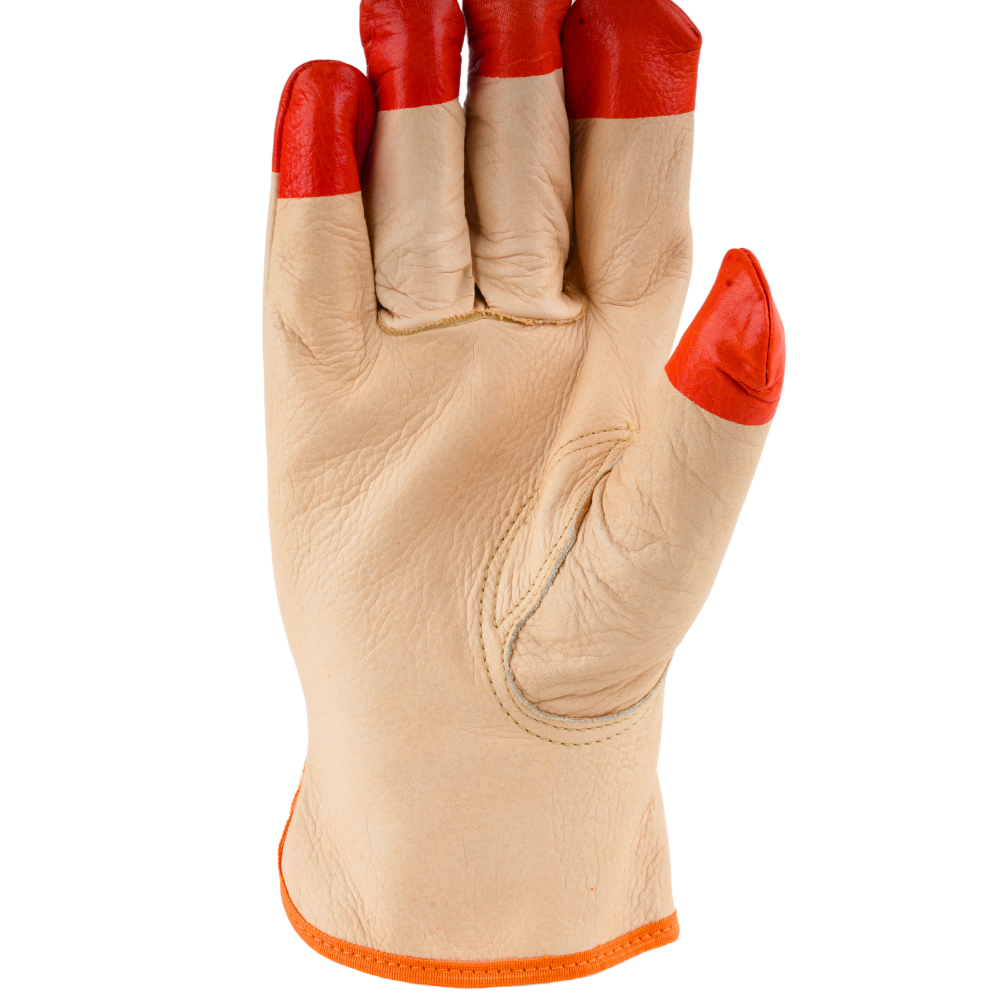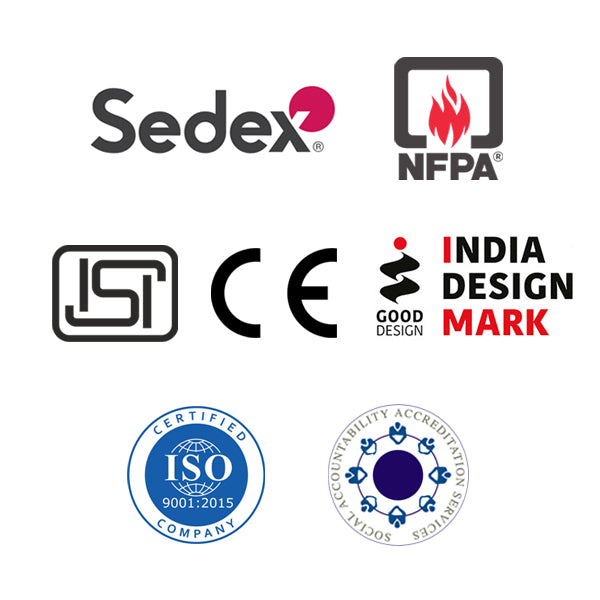D463
Share
Driver Gloves
- 4 tips beige grain leather driver gloves
- Key stone thumb and elasticized back
- Hi-viz fabric patch on the back of the glove
- Colored binding tape at the end of the cuff
Low Visibility
Abrasion
Grip
Cuff
Dry Environment
EN 388
Delivery & Services

Easy Return
with our 15 days return poicy
Regular price
Rs. 0
Sale price
Rs. 0
Regular price
Tax included.
Shipping calculated at checkout.







ABOUT THE DESIGN

USEFUL IN THESE INDUSTRIES
CONSTRUCTION
IRON & STEEL
LOGISTICS
MANUFACTURING

Product Features
ABOUT THE DESIGN

USEFUL IN THESE INDUSTRIES
CONSTRUCTION
IRON & STEEL
LOGISTICS
MANUFACTURING
Product Details





































